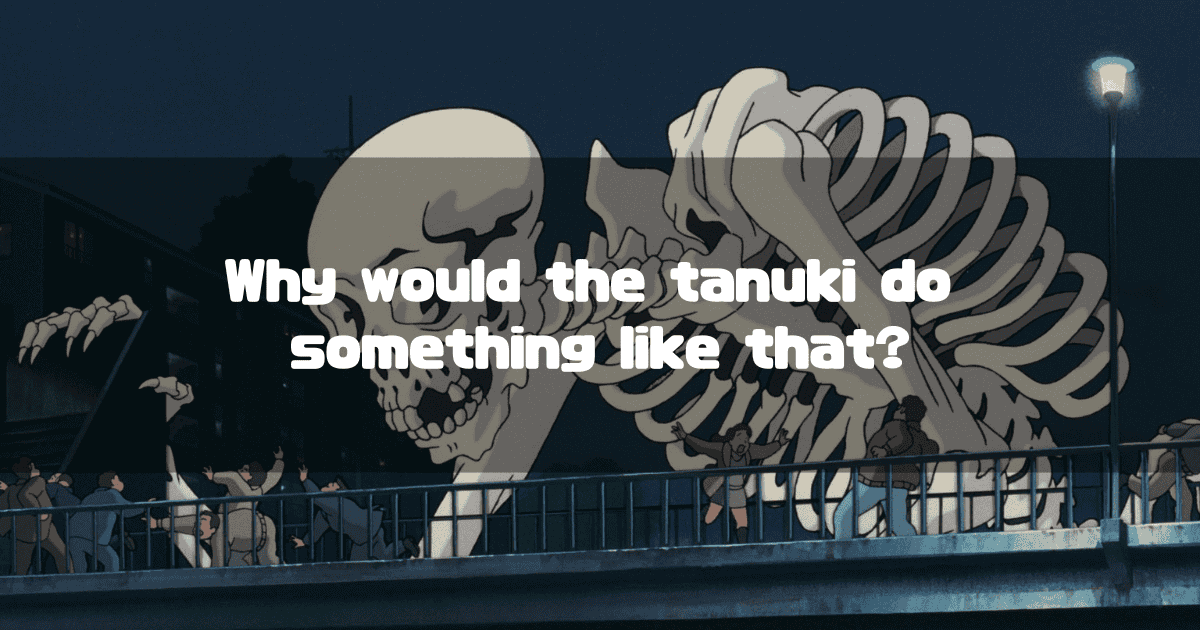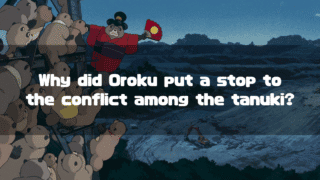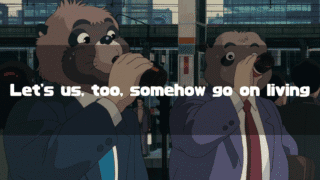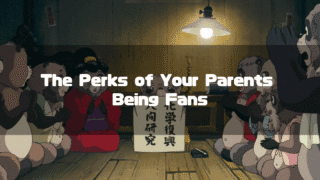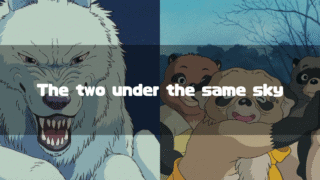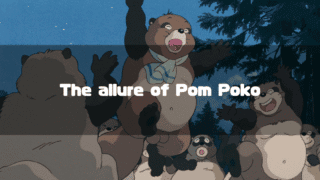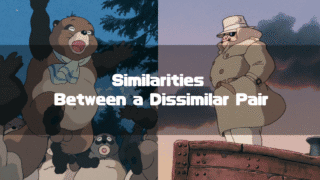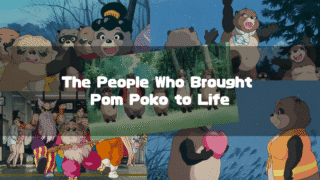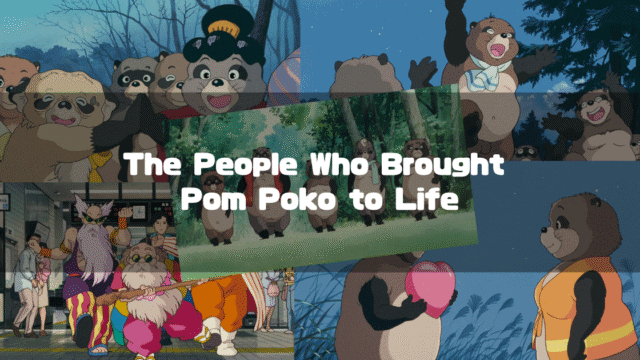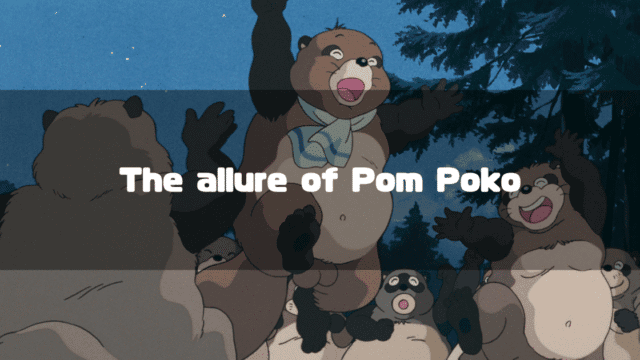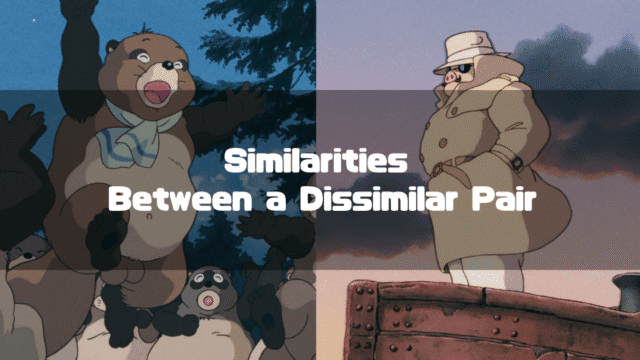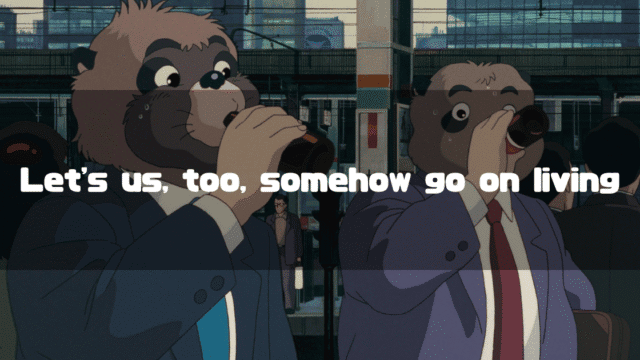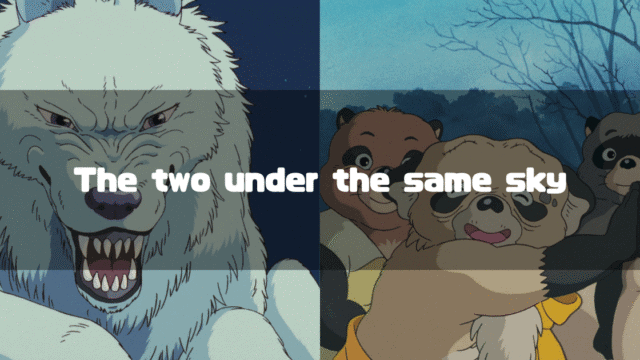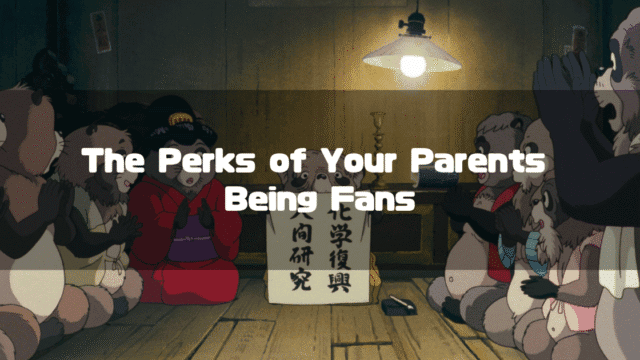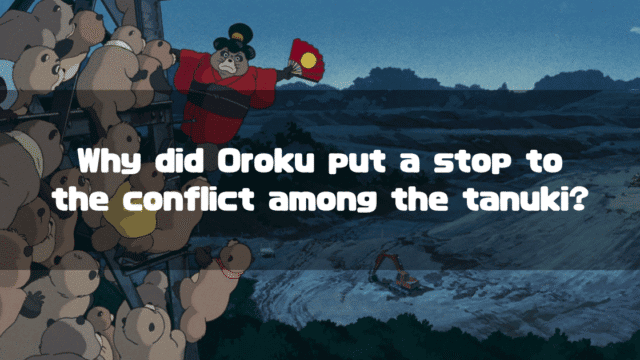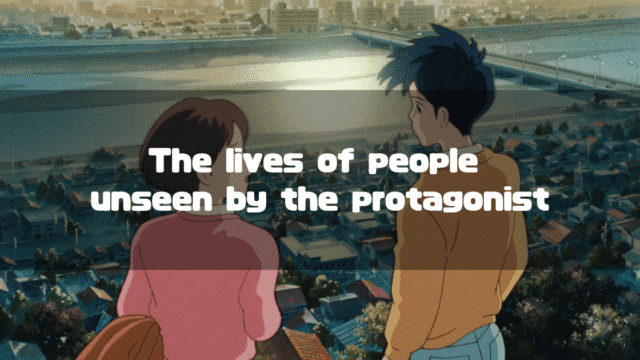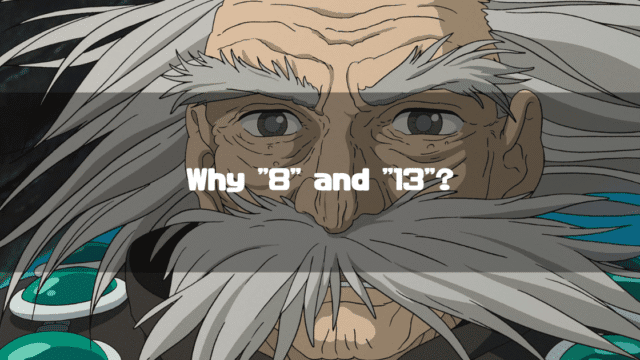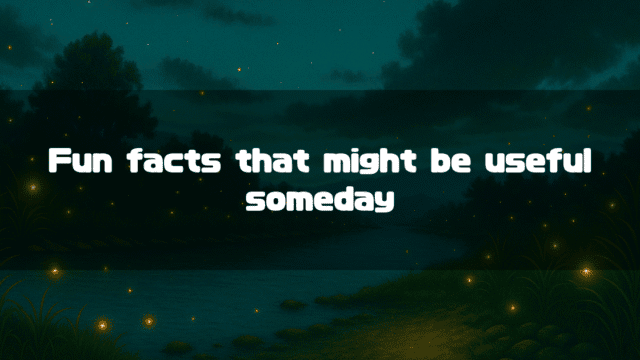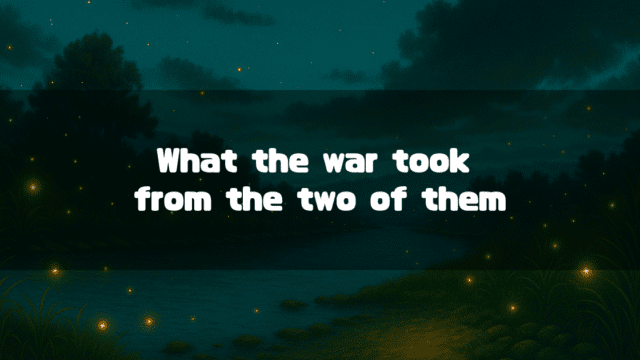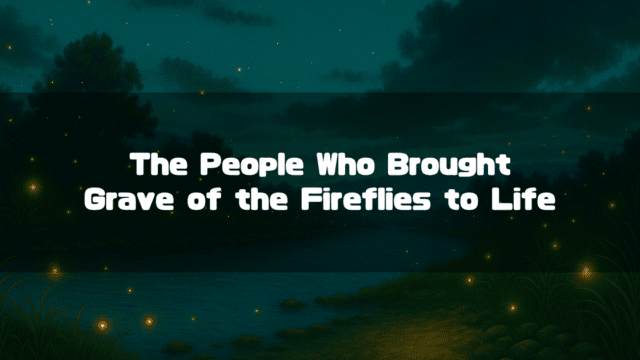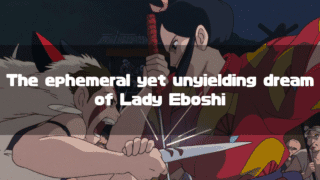Last time, I wrote about Oroku’s Words and the Secret Art She Taught, but this time, I’d like to write about Operation Specter.
I think one of the first things anyone who has seen Pom Poko(Official Studio Ghibli) thinks is, “Operation Specter is not going to work.” The operation ended prematurely due to the sudden death of Gyobu Tanuki, but how was it originally supposed to end? Well, even if they had carried it out to completion, the result probably wouldn’t have changed.
Moreover, those useless elders from Shikoku were overjoyed, saying, “This will turn the situation around for the better.”
It’s easy to become frustrated with the tanuki’s fruitless efforts surrounding Operation Specter, but one shouldn’t. To feel that way means you might be misunderstanding the fundamental way to watch Pom Poko. Let’s start from there.
*This article is an English translation of the original Japanese article, 「平成狸合戦ぽんぽこ」の面白さ②「妖怪大作戦とアニメーション表現」.
Let an AI walk you through the highlights of this post in a simple, conversational style.
- Pom Poko is depicted as a comedy
While the tanuki’s desperate struggle is a serious tragedy, their fruitless efforts are depicted with a comical absurdity, establishing a structure where “tragedy is comedy.” Operation Specter is a symbolic highlight of this comedic nature. - Operation Specter = A metaphor for animation itself
The tanuki, masters of the art of transformation, symbolize animators. The appearance of characters from Miyazaki’s works and the indifferent reactions of the citizens during Operation Specter powerfully express the distance between creators and the audience in anime production. - The end credits are a time for gratitude to the creators
The line “Remember their wonderful names” from the theme song “Itsudemo Dareka ga” is a tribute to all the staff involved in the anime’s production and a modest plea to the audience. - A structure conscious of the entrance and exit of fantasy
The “tanuki looking this way” at the beginning and the “boy who returns us to reality” at the end visually link the entry into and return from the fantasy world, skillfully directing the experience of moving between anime and reality.
Operation Specter in Pom Poko is a Symbol of Comedy
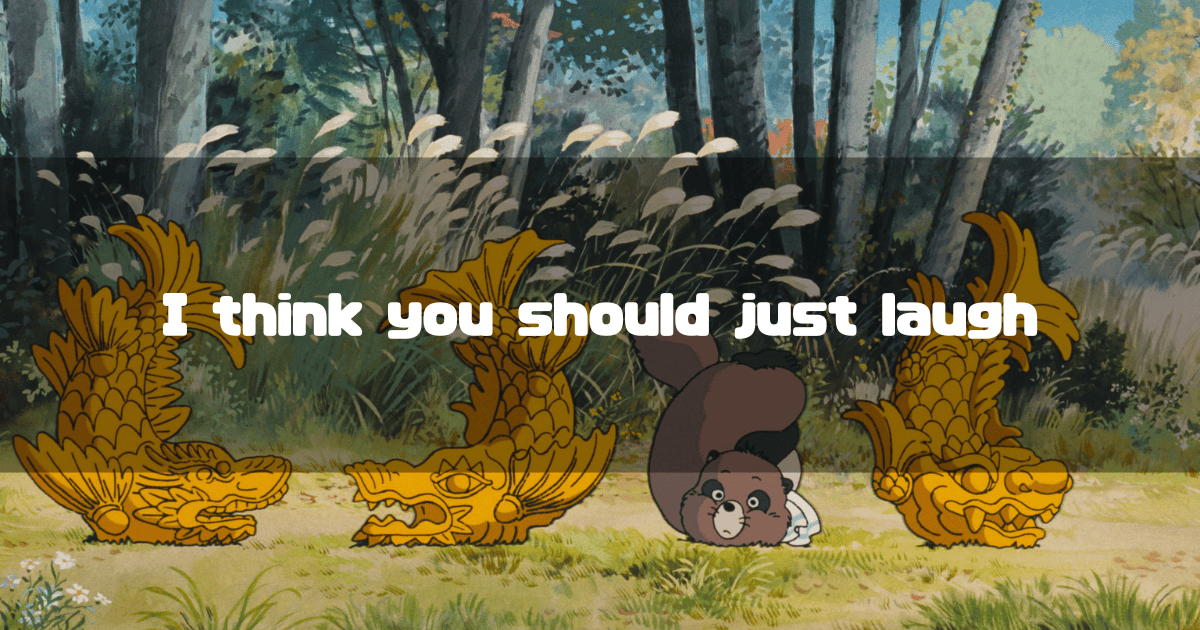
Pom Poko is a Story You’re Allowed to Laugh At
Pom Poko depicts a “battle between humans and tanuki,” so we tend to watch it seriously and with a straight face. We think, “Oh, how cruel and foolish humans are, and how pitiful the tanuki are.” Of course, that’s a valid way to see it, but in my childhood memories, I didn’t see it that way, nor did my father. I believe we simply enjoyed its rakugo-like humor.
In other words, Pom Poko is inherently a comedy that you are meant to laugh at while watching. The deliberate casting of rakugo storytellers for the voice acting and narration might have been because they felt it wouldn’t be understood as a comedy otherwise. They may have also decided that using stand-up comedians or sketch comedians would be too obvious, given that the theme, as mentioned, is the harsh conflict between “humans and tanuki.”
Rakugo is a traditional Japanese form of comic storytelling that dates back to the Edo period. A single performer, known as a rakugoka, kneels on a stage and, using only a paper fan and a small cloth as props, tells a long and complex comical story. The performer portrays multiple characters, distinguishing them through changes in pitch, tone, and a slight turn of the head. The story always concludes with a narrative punchline known as the ochi.
Now, what’s important about this comedic nature can be summed up in the phrase “comedy is tragedy, and tragedy is comedy.”
For the tanuki, Pom Poko is, by any measure, a tragedy. They are desperately fighting a war against humans. However, no matter how serious their situation is or how frantically they act, from an outsider’s perspective, their efforts often seem to be in vain. That’s why it’s possible to depict “tragedy as comedy.” Pom Poko arguably does this in a very blatant way.
Operation Specter as the Highlight of the Comedy
Come to think of it, Operation Specter was depicted comically from the very beginning. For example, those useless elders from Shikoku arrive in “Tama” looking like this:
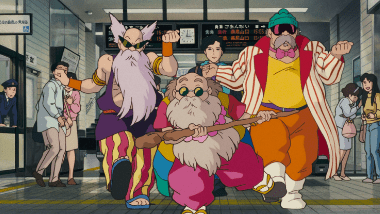
They probably dressed up in their own way to come to “Tokyo.” But in terms of visual expression, the moment this scene appears, it’s clear that “this is hopeless.” Entrusting things to these guys is bound to fail.
As we know, the result was that listening to these useless elders didn’t improve the situation at all. But the important thing is that the ones who invited the Shikoku elders were serious, and the elders themselves were also serious.
Operation Specter was likely the comedic highlight of the tanuki’s fruitless efforts. They spun their wheels spectacularly at the very end.
In fact, the story takes a sharp turn after this, with tanuki dying one after another through kamikaze attacks and suicides. I doubt anyone could laugh at that (though you can if you want to).
Thus, Operation Specter is a symbol of the “tanuki’s fruitless efforts,” but it doesn’t end there.
Operation Specter is famous for the fact that characters from Miyazaki’s works make secret appearances. But why did that happen?
Operation Specter as Animation Itself
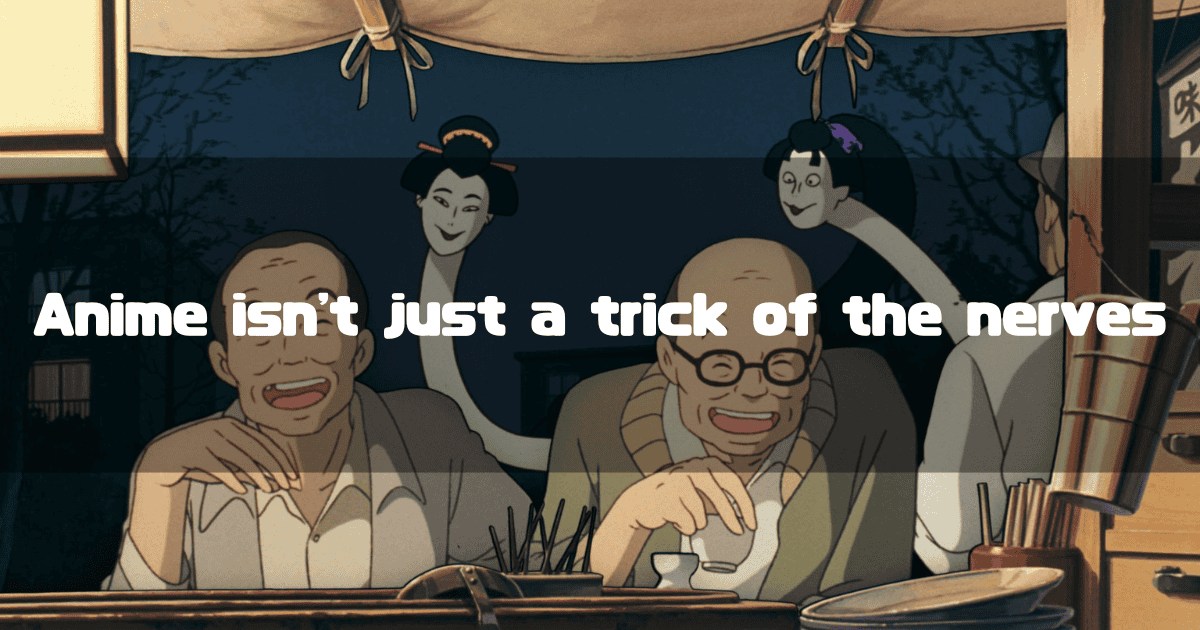
Characters from Miyazaki’s Works Appearing in Operation Specter
Characters from Miyazaki’s works appear in the following three scenes during Operation Specter.

In the first image, Kiki from Kiki’s Delivery Service moves from left to right. In the second, Porco Rosso from Porco Rosso moves from right to left. In the third, Totoro from My Neighbor Totoro moves from right to left, and Taeko from Only Yesterday moves from left to right.
Including these scenes in Operation Specter might have been a form of fan service, but it is, of course, “Director Takahata’s critique of Miyazaki’s works.” The fact that the direction of Operation Specter and Taeko’s direction are the same likely reflects the sentiment, “This is the direction of animation we should be creating!”
As I wrote in The Fun of Pom Poko Part 1, Director Takahata must have had these thoughts when he rejected the initial proposal from Director Miyazaki and Toshio Suzuki to make a film of Happiaku-yadanuki (The 808 Tanuki).
From this, since there are anime characters within Operation Specter, could it be that Operation Specter, for Director Takahata, animation itself?
The Tanuki are Animators
In the film, the art of transformation is described as “the greatest marvel of the natural world.” But speaking of “marvels,” the work of animators who draw the keyframes and in-betweens for anime is also a “marvel” to us. We have become so accustomed to the expression of animation that we are no longer surprised by pictures moving “naturally,” but it is something that should be marveled at.
And Operation Specter, the “symbol of the tanuki’s fruitless efforts,” is also the fruit of the sweat and tears of many animators. Yet, we consume anime without giving it a second thought. During the operation, some old men drinking at a food stall comment on the yokai, saying, “It’s a trick of the nerves, makes you see things.” This symbolizes our own irresponsible remarks as we watch anime. It feels like Director Takahata’s scolding: “Don’t just stare blankly! What you are seeing is not a phantom caused by your nerves, but the fruit of the animators’ sweat and tears!“
Furthermore, after Operation Specter ends, some children say, “That was really fun,” after which their mother remarks, “It makes me want to believe in UFOs.” This is a statement that equates the miracle the tanuki achieved through desperate training with the occult. Structurally, it’s the same as the old men’s comment at the stall, symbolizing the cold attitude of us, the viewers and consumers of anime, who never consider the immense effort animators put in to make animation a reality.
The tanuki’s lament after Operation Specter—”We’re pouring our lives into this, why don’t they understand!”—seems to be the lament of animation creators, and at the same time, an angry cry of “Watch more carefully! Stop spacing out!” When Master Tsurukame shouts, “We were the ones who did that!” after the operation, it also feels like the cry of the creators.

Animation is not something that is made automatically or easily. It is the crystallization of the sweat and tears of many people, including the director and animators. However, we usually only pay attention to the director’s name and, at most, the voice actor of the main character. It’s no wonder that the other people involved might want to shout, “We did this!” and perhaps we should give more thought to their contributions.
Time and again, Pom Poko seems to be a story where “we get scolded by Director Takahata.” The reason I can still love this work is that I think, “He’s absolutely right.” We need to watch more seriously (while also making sure not to get trapped in the fiction). Being a consumer isn’t easy either.
Considering all this, the end credits become quite poignant.
Remember Their Wonderful Names
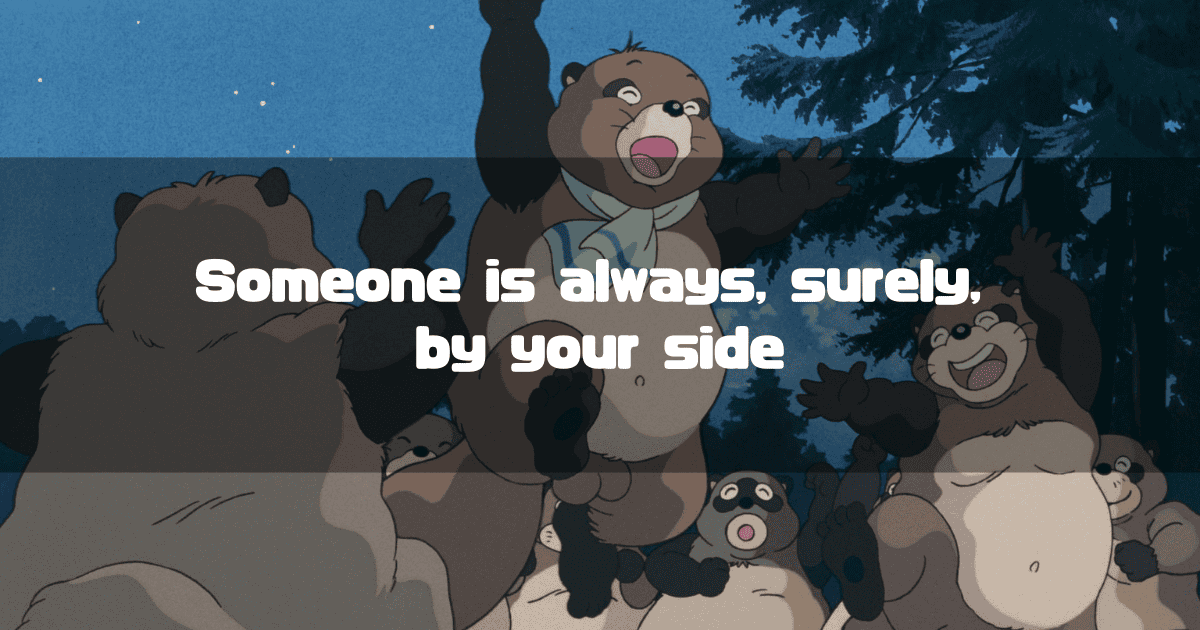
The ending theme for Pom Poko is Itsudemo Dareka ga (Someone is Always There) by Shang Shang Typhoon. As I wrote in Memories of Pom Poko, when I saw it in the theater as a child, my first thought was, “That’s the song from Yonige-ya Honpo!”
The Yonige-ya Honpo series is a popular Japanese comedy-drama film series from the 1990s, starring Masatoshi Nakamura. The story centers on a professional team that helps people overwhelmed by debt to escape their creditors and start a new life.
They specialize in “yonige,” or “night moving,” where they expertly pack and move an entire household’s belongings overnight without being detected. The films blend humor with the heartfelt human drama of people facing desperate financial situations.
Notably, the song Itsudemo Dareka ga by Shang Shang Typhoon was used as the ending theme for the second movie in the series, Yonige-ya Honpo 2 (1993).
But watching it now, my impression is completely different. The lyrics of the ending theme, Itsudemo Dareka ga, go: “Someone is always, surely, by your side, remember their wonderful names.”
“Their wonderful names” here likely refers to all the people listed in the end credits. Through Operation Specter, we are scolded by Director Takahata, but by the end credits, he seems to be telling us, “At the very least, try to remember their names.”
However, it’s practically impossible to remember “their wonderful names” because so many people are involved. Nevertheless, perhaps we can take a moment, at least while the end credits are rolling, to think about the sweat and tears of the people who were involved in creating the animation and films we watch.
As discussed, Pom Poko seems to have an aspect of expressing “animation and the act of creating animation” through the tanuki’s art of transformation. This is another one of the things that makes Pom Poko so interesting.
Appendix: The Tanuki and the Boy Who Stare This Way
Towards the end of the story, after the tanuki, under the guise of “recreation,” show the humans a vision of the old world, a boy who finds Ponkichi and the others who couldn’t help but run out asks us, “I wonder if tanuki can really transform?” This is one of the most memorable scenes in Pom Poko.
Why does that scene exist? Only Director Takahata would know for sure, but there’s no doubt it has the effect of momentarily returning the audience to reality.
Pom Poko is a work sometimes described as a “critique of fantasy.” Perhaps Director Takahata was more aware than anyone of the original sin of creating the fiction that is animation. Therefore, he might have felt it necessary to include a “device to return the movie-watchers to reality” somewhere in the work.
On the other hand, we must not forget the scene at the very beginning of the film where an “ordinary tanuki” looks at us. We are drawn into the “world of anime” or the “world of fantasy” through that tanuki’s gaze. In other words, the entrance and the exit are neatly made to be the same.
This kind of cleverness is also part of what makes Pom Poko so fascinating.
The images used in this article are from Still Images from Studio Ghibli Works.
About the Author
Recent Posts
- 2025-10-15
Indiana Jones and the Dial of Destiny(2023):Historical Background-WWII, the Real Dr. Schmidt, the Siege of Syracuse, and the Antikythera Mechanism - 2025-10-08
Why Does Children Who Chase Lost Voices Feel So Ghibli-esque? [Makoto Shinkai’s “Tale of Farewell”] - 2025-10-07
5 Centimeters per Second: Characters, Voice Actors, Character Analysis and Character Map - 2025-10-06
5 Centimeters per Second: Full Synopsis, Analysis, Ending Explained & Character Map (Spoilers) - 2025-10-04
5 Centimeters per Second Is Neither Depressing Nor Terrible: A Positive Interpretation of the Film

